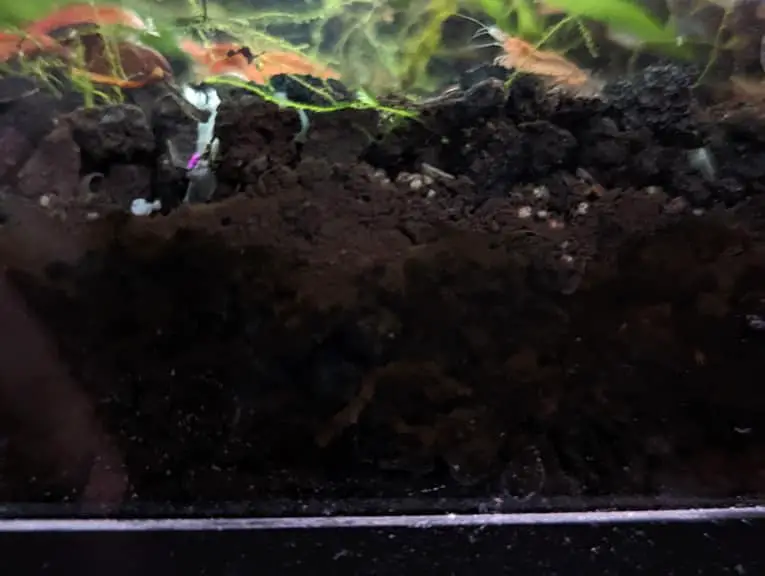A sponge filter is able to provide biological and mechanical filtration for your fish tank. With that said, it could take many weeks for the filter to be fully cycled for your aquarium. To see how you can quickly seed the sponge, you can take a look at this guide from Aquarium Blueprints.
1. One of the ways you can almost instantly cycle your sponge filter is to use dirty filter medias from another established aquarium.
When replacing our Fluval canister filter with the AQUANEAT Aquarium Bio Sponge Filter, we would take the canister filter sponges and squeeze out the debris next to your new sponge filter. We then place the old sponges and other filter medias from our Fluval canister directly inside the tank, right next to the new filter as well.
If you leave the old filter medias in the tank, then it should be pretty much instantly cycled. In this case, you can take out the old filter medias from the aquarium after several weeks. Make sure you don’t take all of them out at the same time, however, as it could disrupt the biological filtration. Instead, we suggest removing a portion every couple of weeks.

2. The substrate from another currently running tank should also contain a significant number of beneficial bacteria.
So, if you add enough of the substrate in the tank, or already have an established substrate, then your sponge filter should be cycled a lot faster.

3. You can also add wood, rocks and décor that have been in another tank. Live plants should also speed up the cycling process for your sponge filter as these should not only contain nitrifying bacteria but they will also help consume the ammonia and nitrates by themselves.
4. If don’t have access to any dirty filter medias or other objects from another tank, then you can use a product that contains live beneficial bacteria to your tank.
Specialized bottles like Aquavitro Seed and Seachem Stability contain living nitrifying bacteria colonies. If you followed the instructions on the packaging, then you should be able to cycle the sponge filter quickly.
